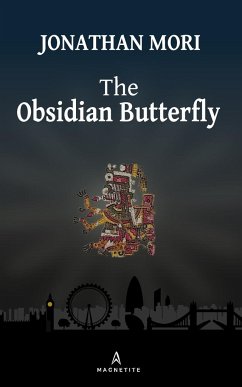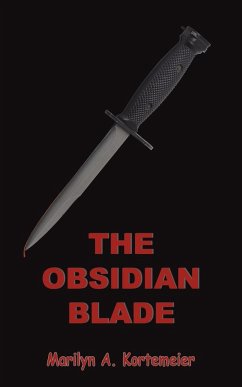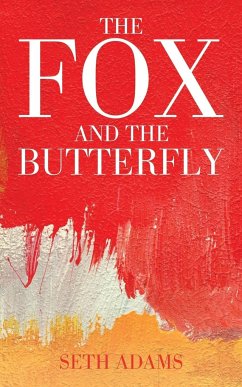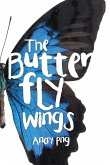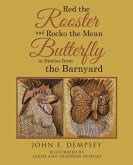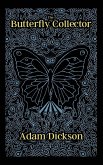Karl, a young structural engineer, is suffering from visions, a vestige from the drugs he had experimented with when he was involved in the rave scene as a student. When he moves to the capital with some of his wilder friends, he meets a young and aspiring actress, Anna; and as their love blooms, his old way of life soon takes the back burner. But the visions continue, becoming more coherent, more tangible, and more real until one of them takes the form of the old revolutionary Leon Trotsky. Trotsky haunts him, appearing uninvited at inopportune moments: awkward and professorial, he speaks of Stalin, his exile in Mexico, and his relationship with the artist Frida Kahlo. This continues in the context of his decaying relationship with Anna until Karl finally accepts treatment with a psychiatrist. But during his analysis he is plagued by another apparition not dissimilar to that of one of the psychiatrist's own patients: a young woman who, perhaps coincidentally, looks not unlike Frida Kahlo herself. As with Trotsky, the visions of the woman become more lifelike until one day she claims to be the living Itzpapalotl, an Aztec goddess. She speaks of her people and their subjugation. Then she makes the ultimate request of him... Loosely inspired by the life and thought of the Swiss psychoanalyst C.G. Jung, The Obsidian Butterfly presents a chilling and allegorical statement about the state of humanity at the beginning of the twenty-first century, and may be taken on many levels. The second part of a dyad of novels, it is the sequel to The Hummingbird on the Left. Praise for The Obsidian Butterfly and its prequel, The Hummingbird on the Left: 'A talented author' [whose] 'books are very original' - Darin Jewell (literary agent) 'Intriguing and well written' - Max Eilenberg (publisher)
Hinweis: Dieser Artikel kann nur an eine deutsche Lieferadresse ausgeliefert werden.
Hinweis: Dieser Artikel kann nur an eine deutsche Lieferadresse ausgeliefert werden.

